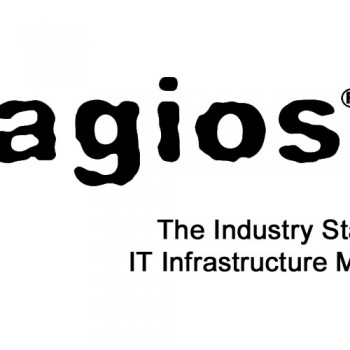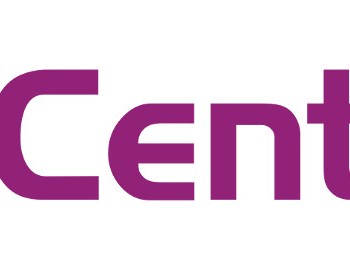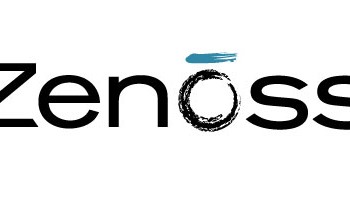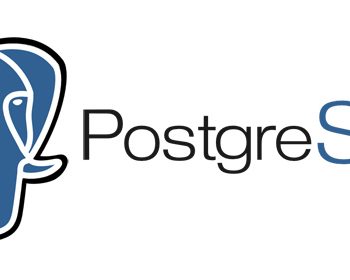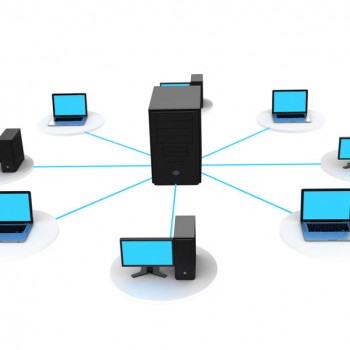
Posted in:
Install PostgreSQL 9.4 on CentOS 7
PostgreSQL is a database server. It is an object-relational database management system and it’s main purpose is to store data. PostgreSQL calls itself “The world’s most advanced open-source database”. It is a fact that MySQL andPostgreSQL are two most popular open-sourcerelation database management systems (RDMS). It is up to you to choose the one you like the […]


